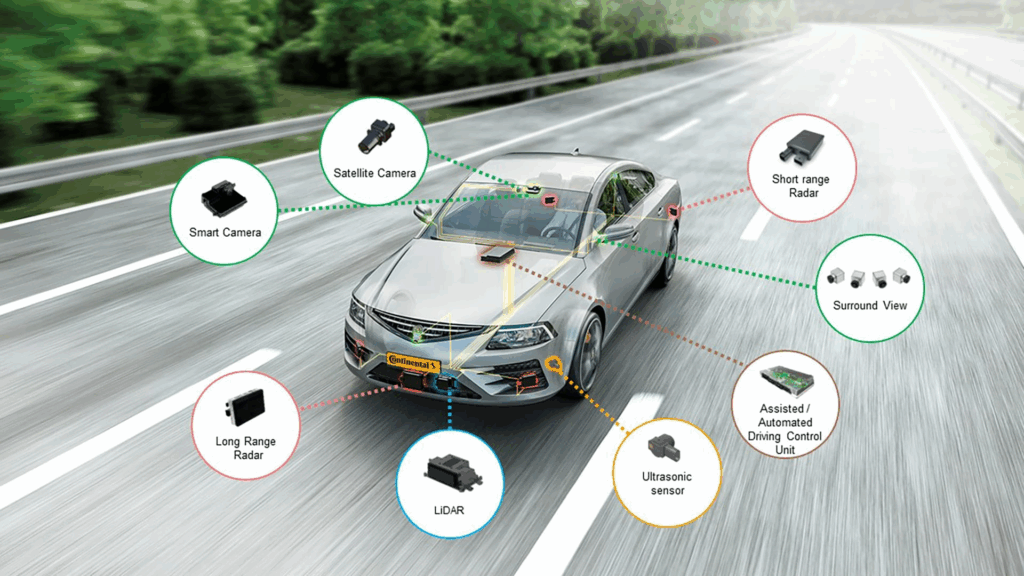Driver-assist technology is becoming standard in modern cars, but a new study shows that human drivers still play a critical role. According to testing by the American Automobile Association (AAA), drivers had to take over control once every nine minutes when using advanced driver-assistance systems (ADAS). The results question how ready semi-autonomous features are for everyday traffic.
What’s Happening & Why This Matters
AAA tested vehicles equipped with adaptive cruise control and lane-keeping technology in Los Angeles traffic, a real-world setting known for stop-and-go driving. The findings revealed that driver intervention was most often needed when another car abruptly cut into the lane. These events happened about once every 8.6 miles, or every 24 minutes, with 90% requiring the human driver to react.
Another frequent problem was inadequate lane centering, which occurred roughly every 11 miles, or about every 32 minutes. In 72% of these cases, drivers had to step in. Other issues included systems failing to resume after stopping, sudden deactivations of lane-keeping or cruise control, and even cars not slowing down enough when approaching traffic, forcing drivers to hit the brakes.

Hands-On vs. Hands-Off Systems
AAA compared traditional ADAS requiring constant hands on the wheel with newer hands-free systems. Hands-off versions performed better, demanding intervention every 7.2 miles, or about every 20 minutes. In contrast, hands-on systems struggled, needing intervention every 2.3 miles—around every seven minutes. Even so, hands-free systems prompted drivers to put their hands back on the wheel roughly every 15 minutes.
The study underlines that while ADAS improves comfort and convenience, it is not autonomous driving. AAA stated: “ADAS is never a substitute for an engaged driver.”
What AAA Recommends

AAA is urging automakers to improve system reliability, especially in handling cut-ins and lane centering. It also advises drivers to treat ADAS as an aid, not a replacement. That means staying alert, reading the user manual to understand system limitations, avoiding distractions like smartphones, and always maintaining a safe following distance.
TF Summary: What’s Next
The findings show how far ADAS still has to go before drivers can truly relax behind the wheel. Automakers face pressure to fine-tune systems so they can better handle unpredictable traffic situations. Until then, drivers must stay engaged. The ADAS technology is a support rather than a stand-in.
— Text-to-Speech (TTS) provided by gspeech


